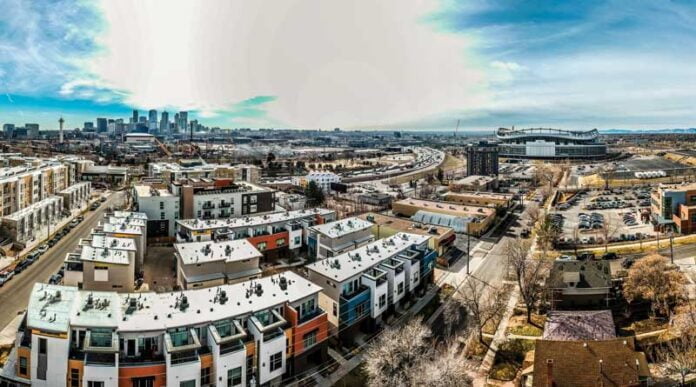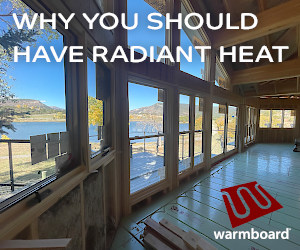Offsite building offers sustainability advantages
Despite the temporary reversal due to the pandemic, urbanization has been a strong trend in the United States over the last five to 10 years and will likely continue well into the future.
But the high costs, tight spaces, and severe environmental restrictions that often exist in urban environments can pose both logistical and sustainability challenges to building there.
A growing trend across construction of all types and in all environments, offsite construction brings several sustainability advantages to urban building in particular:
• Reduced environmental impact: With offsite construction, 95% of the building is built remotely, shipped in, and merely assembled on site. The site and its surroundings are much less impacted than they would be with traditional construction.
• Waste reduction: Offsite construction generates far less waste than traditional onsite construction does. This is especially important in an urban environment, as space is more constrained and disposal costs are often higher.
• More efficient land use: Every urban center has hundreds or thousands of infill lots: small, isolated pieces of land that can be very difficult, if not impossible, to build on traditionally. Offsite methods are perfect for building on these lots, as module assembly can be completed in a matter of days, in very tight spaces.
• Reduced emissions: Because almost all the construction work is done elsewhere in a stationary factory, offsite construction dramatically reduces vehicle trips to and from the jobsite and the associated carbon emissions.
• Cost arbitrage: Okay, this one’s not so much a sustainability advantage. But it’s a very real and important one. Constructing most of the building away from the urban site, in a rural factory, takes advantage of dramatically reduced labor rates, which can have a significant positive effect on the overall project budget.
RELATED: Building for the Future
These advantages of offsite construction, whether in the form of modules, panels, pods, or even single-trade prefabrication, can make urban building far more sustainable and cost-effective.
As more and more people, led by Millennials and Gen Zers, migrate to urban centers, more housing will naturally be needed in these locations. At the same time, steadily increasing environmental concerns will require ever more attention to sustainability. Offsite construction is an important strategy to address both of these major trends concurrently.








